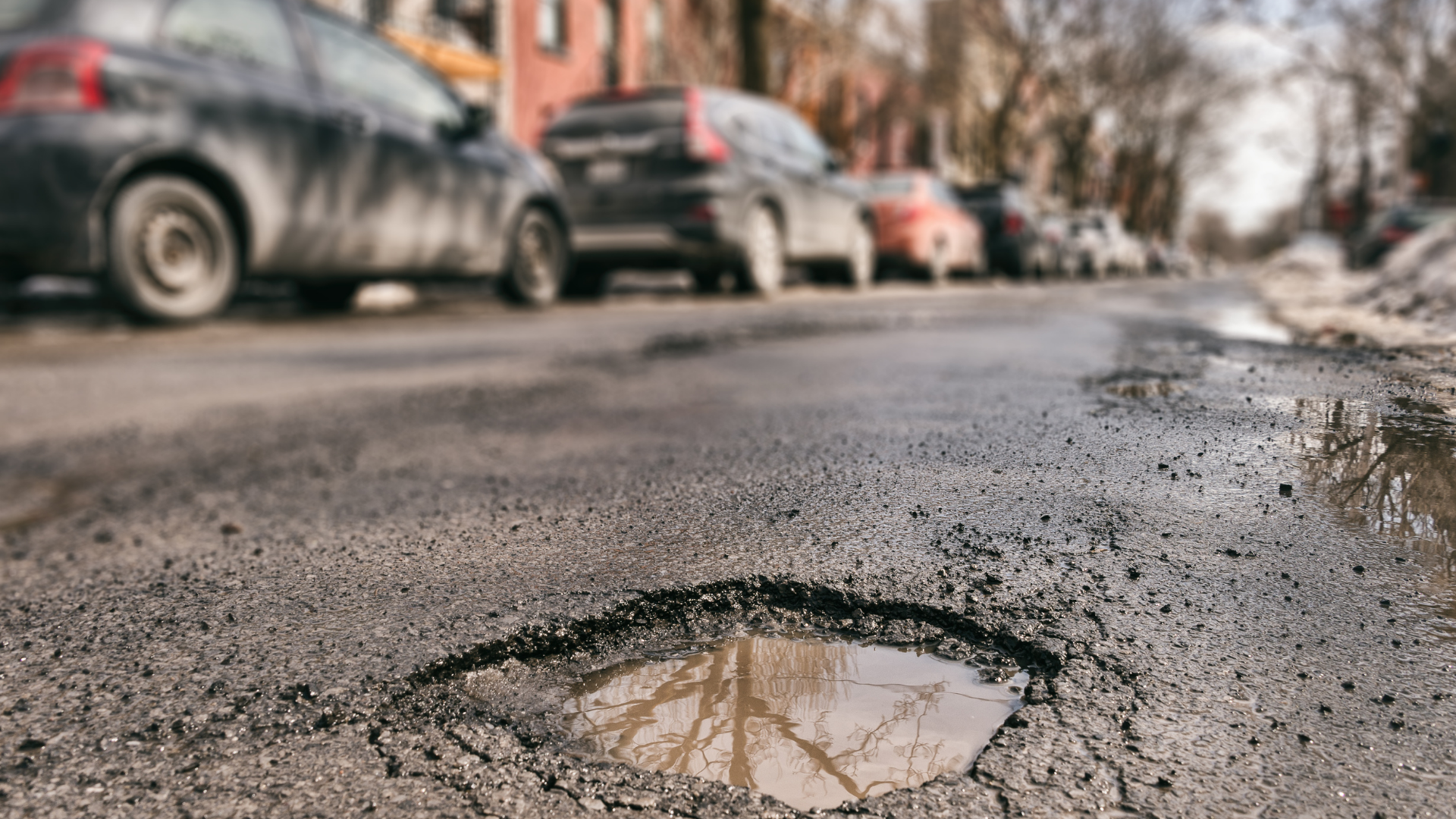Photographs are the key piece of evidence for a highway tripping case and, to help us achieve the best result we can for you, we will need your help to get the clearest information possible. Please use the follow tips as a guide:
- Please make a note of when any photographs are taken, and by whom.
- If you ask someone else to take the pictures on your behalf, we need you to explain how the photographer knew where to look, and confirmation that you agree the photos are accurate.
- A range of photos is helpful. A “worm’s eye view” is good to show the full face of the defect, and a few progressively wider shots help to show the defect in the context of the area as a whole and allow us to appreciate the pedestrian’s view.
- At least a couple of the close-up photos must have some measure on them so that we can tell how big/deep the defect is. Ideally, they should use a ruler and be taken at a low level, so you can see where the top of the defect is against the measuring device.
- If the hole is filled with water after rain, for example, it should ideally be emptied of water before taking the photos, again to make it clear what measurement has been taken.
This is good because you can see the spirit level is at the top of the ‘hole’ left by the broken drain, and it is clear where the ruler has been placed, so you can read the measurement clearly.
If you do not have a ruler, an everyday object can be used as long as the size is easily identifiable. For example, avoid using a phone or a pen leaned up against the defect, because they can be many different shapes and sizes. A coin is not a bad choice because coins of the same denomination are always the same size, which means that anyone can measure a random 10p piece (for example) and know its size, without needing the actual coin that was used in the photo.
- However, the coin should be shown tails-side out. For example, is this a 20p piece or a 50p? We need to be certain.
- Some wider shots of the road to show nearby landmarks are helpful to remove any possible doubts about the location. For example:
Here, the defect (the drain cover) is visible with a clear point of reference (the road sign).
- Please also make sure you confirm (a) which direction you were walking (a simple arrow is fine) and (b) the precise point of the trip – ‘x’ marks the spot!
- Please do not send photos of other defects on the same road or in the same area – they do not make a difference to the case, no matter how bad the rest of the street is, and will only confuse matters if they get sent as well; we just need photos of the defect that caused the accident.
- Please do not feel that you must provide all of this detail, but anything like this that you can produce is helpful in giving us the best chance of success for your claim, as well as speeding up the process of the claim.
Neil Kerns, Partner.
Pabla & Pabla Solicitors


